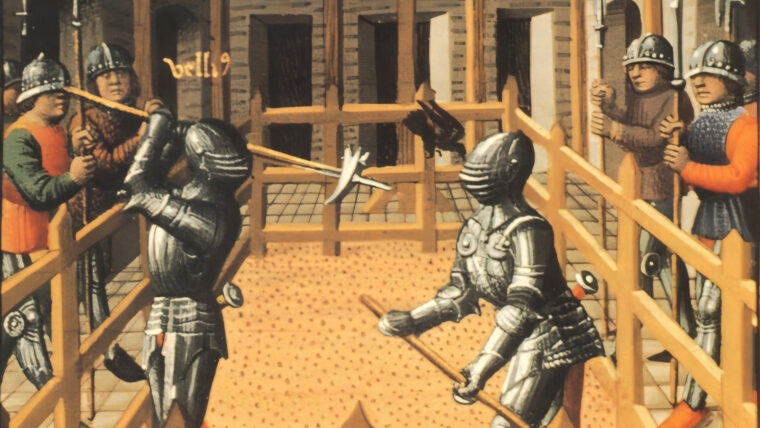
Military History
Weapons of War: the War Hammer
By William McPeakNot to be confused with Mjollnir, the mythical Norse god Thor’s fabled hammer, the real-life war hammer was a brutal and effective weapon. Read more
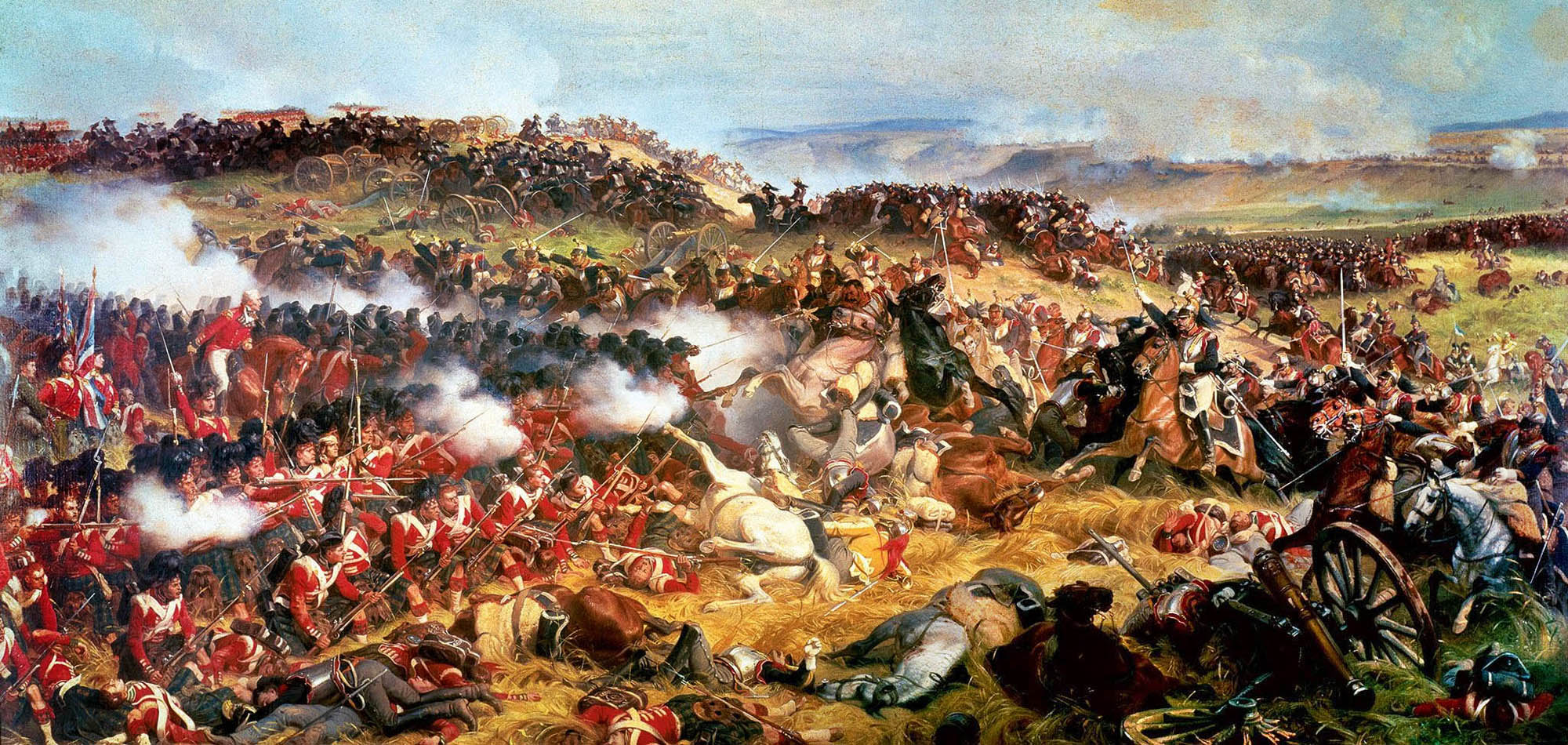

Military History
Not to be confused with Mjollnir, the mythical Norse god Thor’s fabled hammer, the real-life war hammer was a brutal and effective weapon. Read more
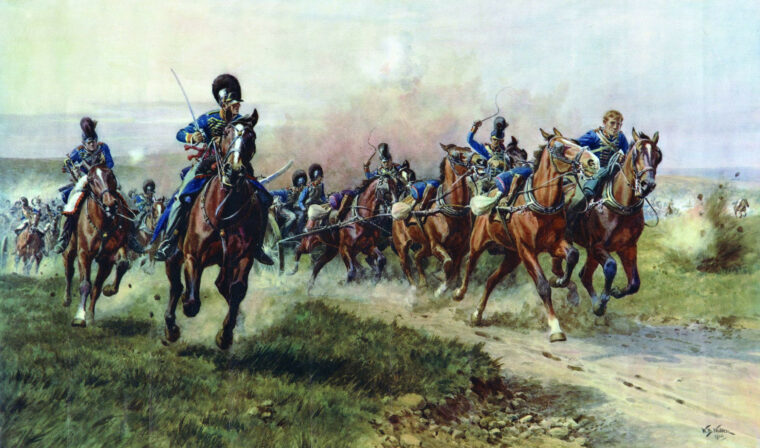
Military History
It had been a brutal winter for the French Army of Portugal. War and hunger had haunted the occupiers, causing their number to dwindle by the thousands. Read more
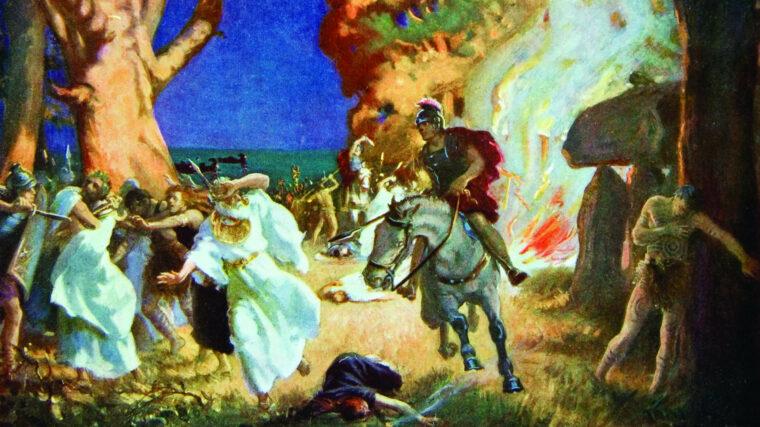
Military History
The name Gaius Suetonius Paulinus doesn’t ring across the centuries from the annals of Roman military history like the names of Julius Caesar, Tiberius Nero, or Scipio Africanus. Read more
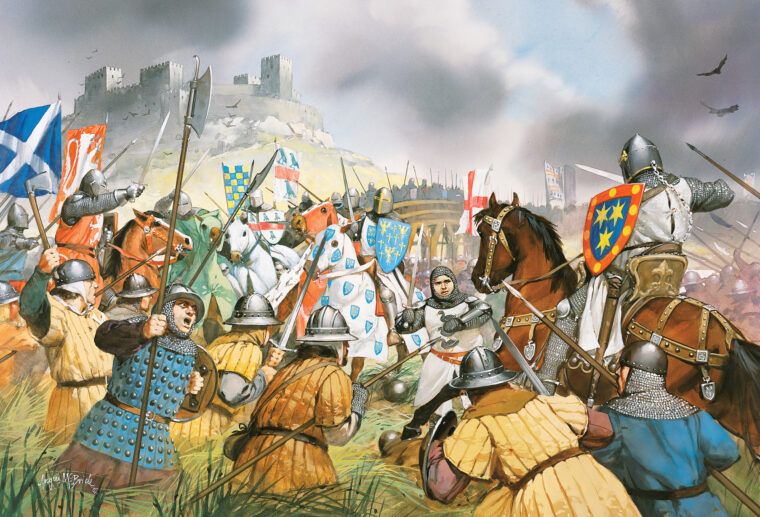
Military History
Standing 6 feet 2 inches tall with a fiery temper, English King Edward I was an imposing and intimidating figure. Read more
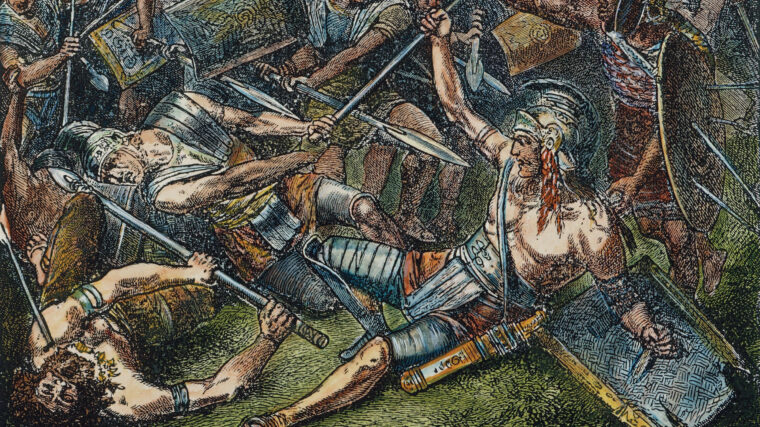
Military History
In the spring of 73 bc, Thracian gladiator Spartacus decided that the time was right to attempt an escape. Read more
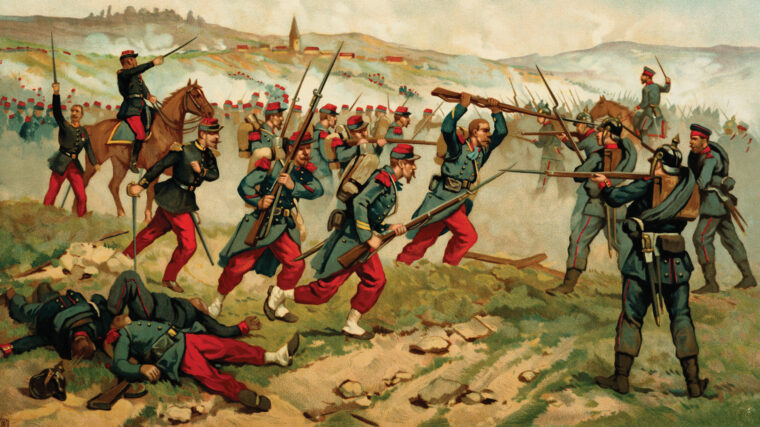
Military History
King William I of Prussia stood resplendent in the uniform of a Prussian Guard officer on a hill in eastern France on a sunny day in late summer 1870. Read more
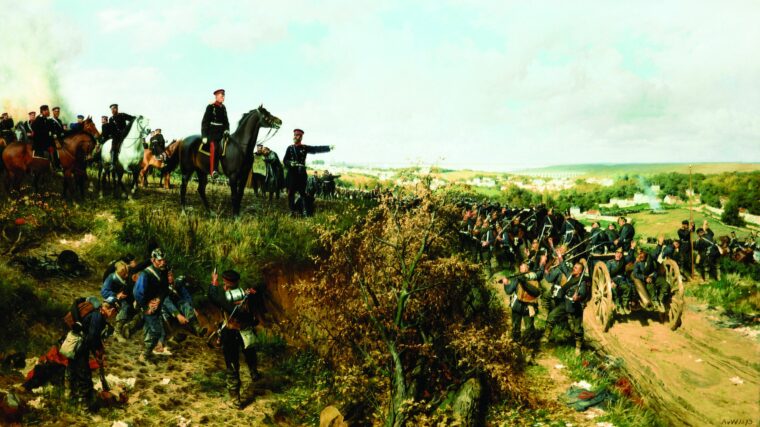
Military History
The final outcome of the Franco-Prussian War was decided on September 2, 1870. On that day, more than 100,000 French troops, including Emperor Napoleon III, surrendered to the Prussian Army at Sedan. Read more
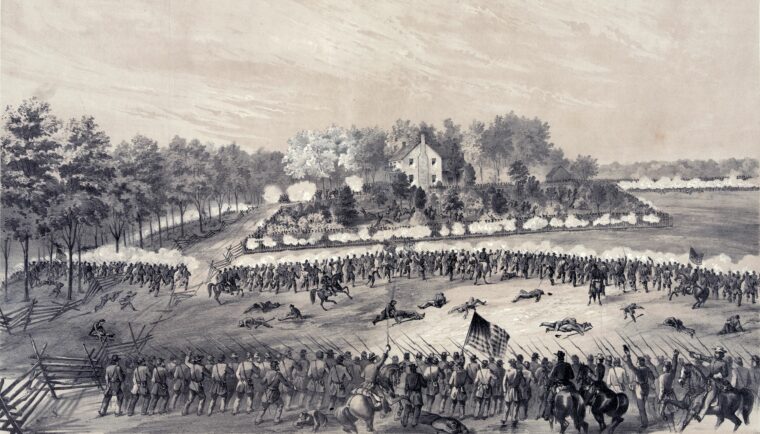
Military History
Major General Ulysses S. Grant sat on his horse in late April 1863 next to a narrow bridge over a wide marsh on the west bank of the Mississippi River in northeastern Louisiana. Read more
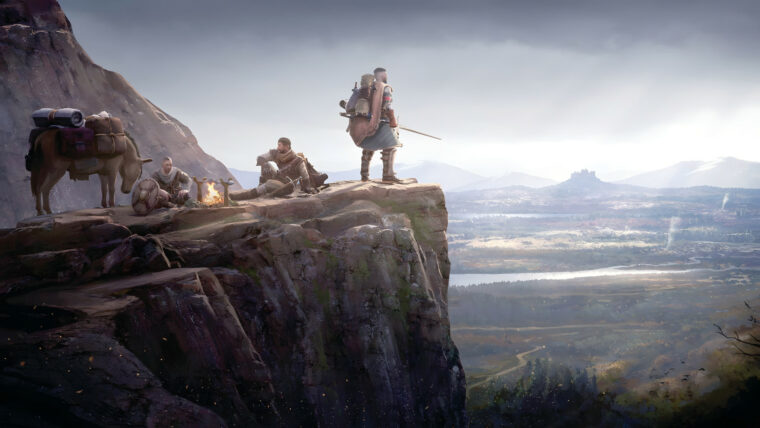
Military History
Wartales is a medieval-themed open-world tactical RPG from Shiro Unlimited, and it’s been doing pretty well for itself since its initial launch. Read more
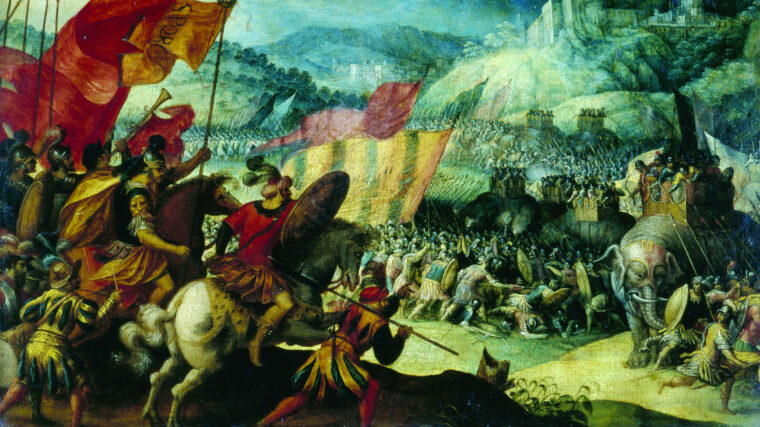
Military History
Although Hannibal Barca has rightly been hailed as one of history’s greatest military commanders, his reputation for greatness is based largely on his performance in the first three years (218-202 bc) of the 16-year conflict known as the Second Punic War. Read more
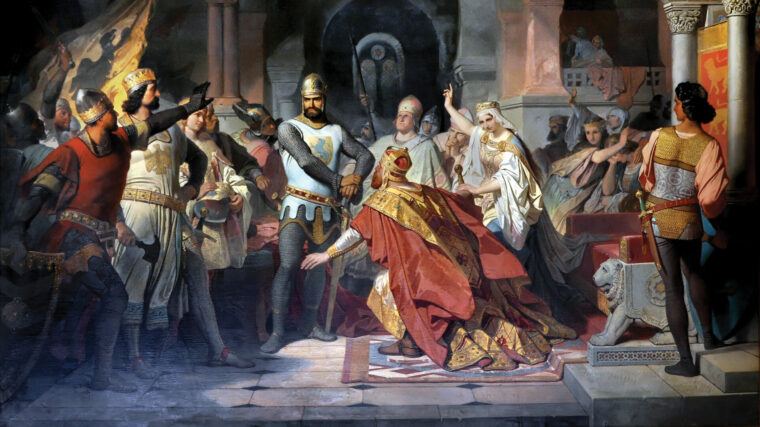
Military History
Duke Henry the Lion, the ruler of Saxony and Bavaria, seethed with rage. The pagan Wends had rebelled once more against their Saxon overlords. Read more
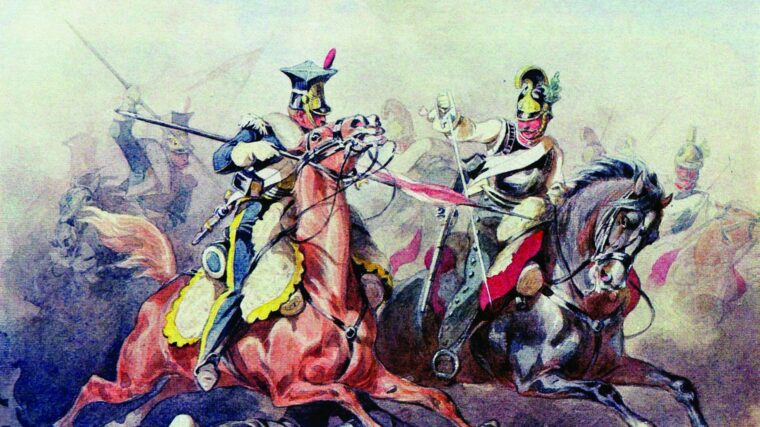
Military History
While lightly armed cavalry already seemed anachronistic by the time of the Napoleonic Wars, the success of the Polish lancers in that conflict convinced many nations to adopt a similar fighting force. Read more
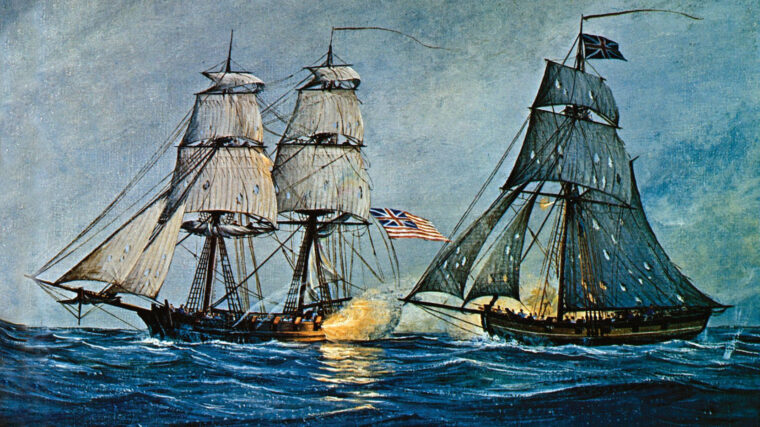
Military History
Most histories of the American Revolution give the fledgling Patriot navy only one hero: John Paul Jones. While not begrudging Jones’s recognition, it seems unfair to represent the Continental Navy with a single fighting captain. Read more
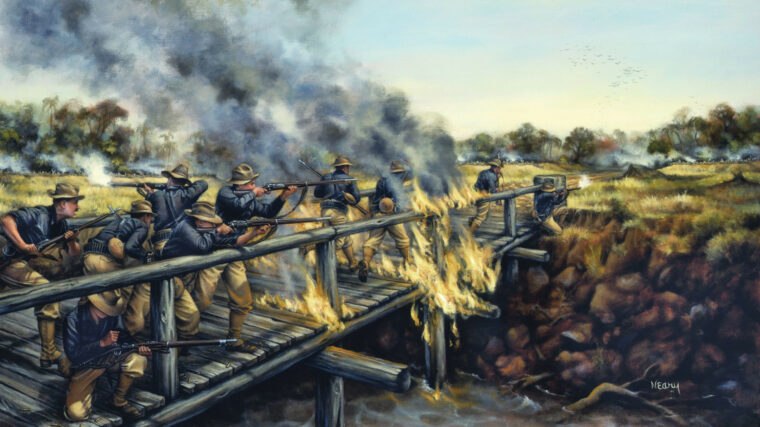
Military History
On August 3, 1864, near Atlanta, Georgia, Captain Henry Lawton of Indiana led a group of Union skirmishers in a charge against Confederate rifle pits. Read more
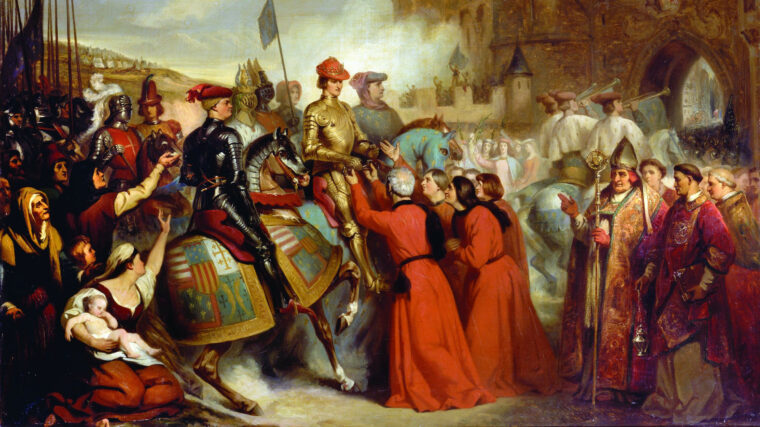
Military History
In the fall of 1447, Edmund Beaufort, Duke of Somerset, was not a happy man. He was lieutenant general of France and Guyenne, a kind of viceroy who oversaw English possessions in France, and he was also a powerful and rapacious feudal magnate in his own right. Read more
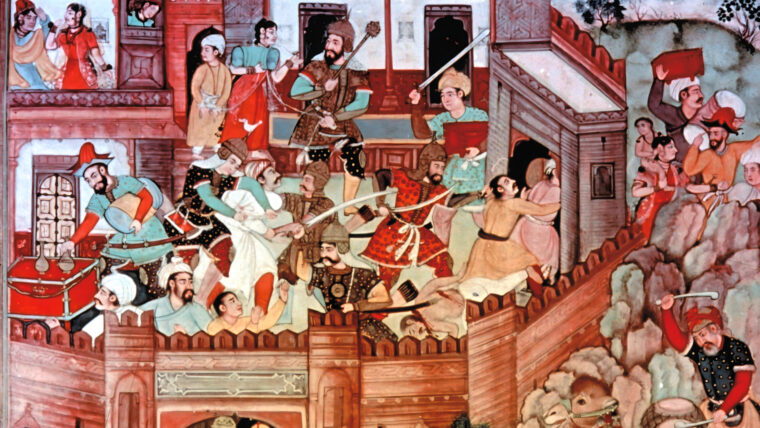
Military History
In ad 1205, Mongol ruler Genghis Khan, having completed the unification of his Gobi Desert empire, began looking south toward China for further conquest. Read more
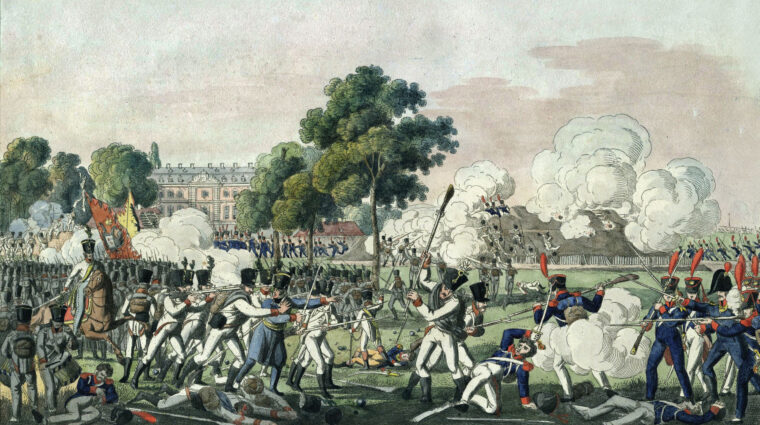
Military History
Marshal Gouvion Saint-Cyr was in a tight spot, and he knew it. It was the morning of August 26, 1813, and Saint-Cyr and his French XIV Corps were defending Dresden, the capital of Saxony, from a large and menacing Allied army that outnumbered his own by at least four to one. Read more
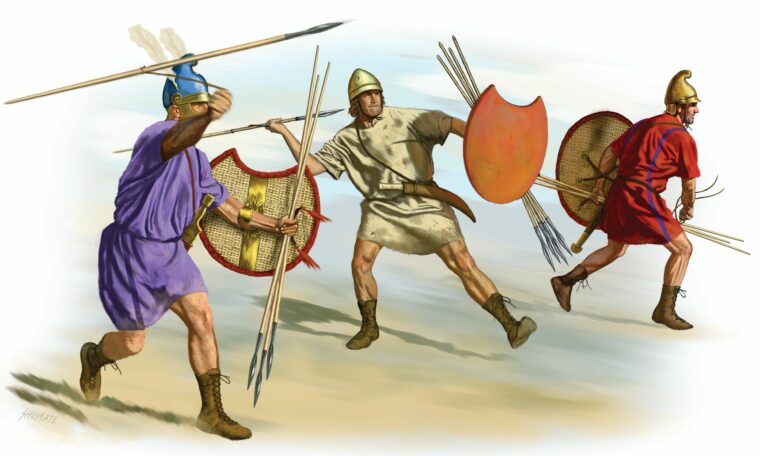
Military History
The 3rd century BC in Greece was an age of military innovation. The lessons learned in the Peloponnesian War (431-404) led to the increased use of lightly armed troops and cavalry. Read more
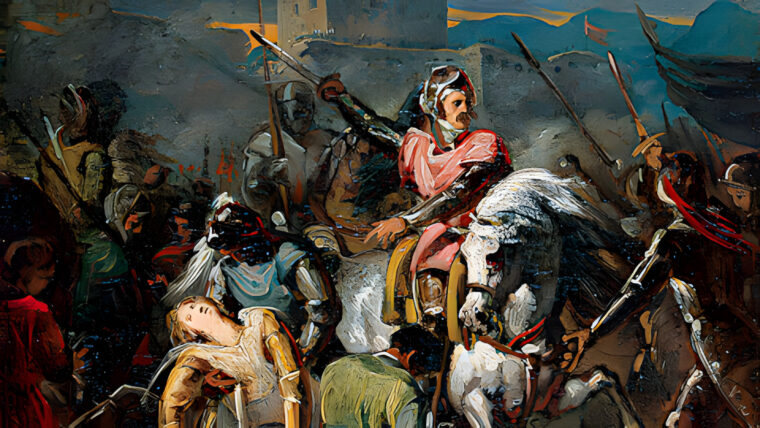
Military History
As the first rays of sunlight chased away the shadows from the base of the high walls surrounding the village of Ravenna in northern Italy on Easter Sunday, April 11, 1512, the French army besieging the town began to form into columns. Read more
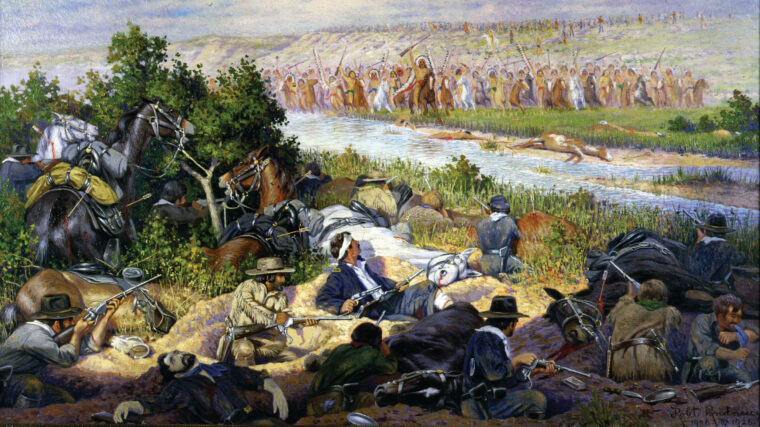
Military History
“Indians! Indians!” The staple warning from countless cliché-ridden dime novels was all too real at dawn of a Colorado morning in 1868. Read more